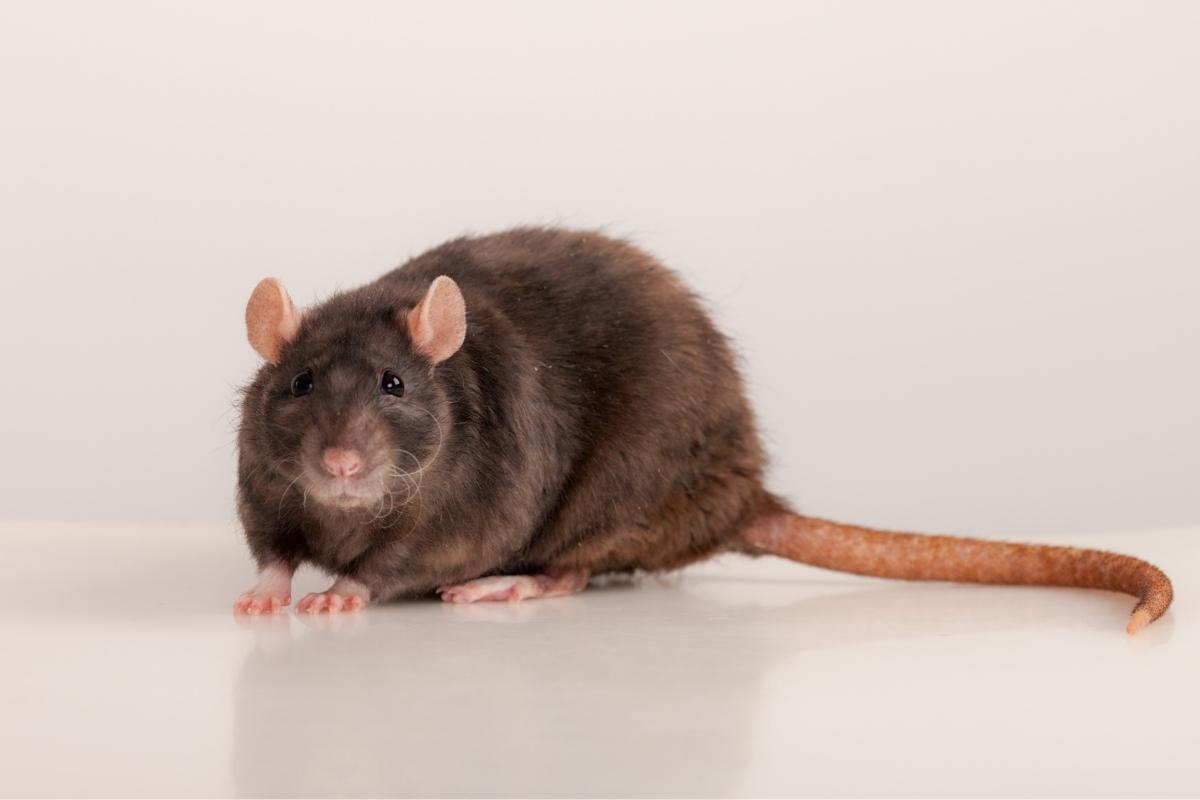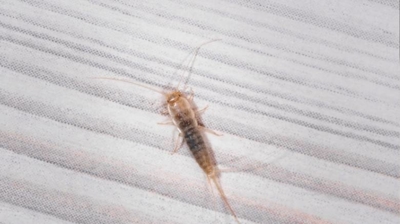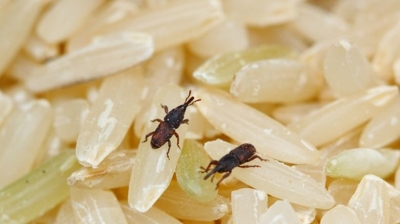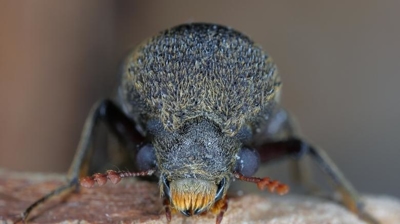
Roof Rat Control Services

Are Roof Rats Harmful?
Roof rats (Rattus rattus) are considered harmful for several reasons, including health risks, property damage, and their impact on the environment. Here are some of the ways they pose a threat:
- Chewing & Gnawing – They constantly gnaw on materials to keep their teeth from overgrowing. This includes electrical wiring (fire hazard), pipes (water leaks), insulation, wooden structures, and plastic materials.
- Roof & Attic Damage – True to their name, they nest in attics, eaves, walls, and ceilings, damaging insulation, drywall, and wooden beams.
- HVAC & Plumbing Issues – They can chew through ductwork and pipes, leading to costly repairs.
- Increased Repair Costs – Fixing structural damage from gnawing, nesting, and droppings can be expensive.
- Disease Transmission – They carry diseases such as salmonellosis, leptospirosis, plague, hantavirus, and rat-bite fever, which can spread through their urine, feces, and bites.
- Allergens & Respiratory Issues – Their dander, droppings, and urine can trigger asthma and allergies, particularly in children and sensitive individuals.
- Parasites & Secondary Infections – They harbor fleas, mites, and ticks, which can spread to pets and humans, carrying additional diseases such as Lyme disease and murine typhus.
- Food Contamination – They contaminate food and water sources with droppings, urine, and fur, increasing the risk of foodborne illnesses.
- Food Loss & Waste – They invade pantries, restaurants, and storage facilities, contaminating large quantities of food that must be discarded.
Roof rats are harmful due to their ability to spread diseases, damage property, cause economic losses, and disrupt ecosystems. Effective prevention and control are essential to mitigate their risks. Implementing exclusion techniques, sanitation practices, and professional rat control measures can help protect homes and businesses from infestations.
Learn more: Do Roof Rats Bite?
Roof Rat Control
Hiring our professional pest control for roof rats is essential because these rats are highly intelligent, agile, and difficult to eliminate without specialized training, equipment, and strategies. Roof rats often live in hard-to-reach places such as attics, rafters, and wall voids, making DIY control efforts ineffective or incomplete. Here is why our professional intervention is the most effective and safest choice:
- Accurate Identification and Inspection: Our professionals are trained to correctly identify roof rats versus other rodents like Norway rats or house mice. This distinction matters because roof rats have different nesting behaviors, food preferences, and entry points. Our professional inspection pinpoints where they’re nesting, how they’re entering, and what conditions are attracting them.
- Advanced and Targeted Elimination Methods: Roof rats are trap- and bait-shy. Over-the-counter traps or poisons rarely work effectively because improper placement or use can make the rats avoid them entirely. Our licensed pest control technicians use advanced baiting systems, strategic trap placement, and professional-grade materials designed for roof rat behavior.
- Prevention of Structural Damage and Contamination: Roof rats can chew through insulation, wiring, and even structural wood, creating fire hazards and costly damage. They also contaminate stored goods, food, and surfaces with urine, droppings, and parasites. Our professional pest control not only eliminates the infestation but also addresses sanitation and exclusion to prevent future issues.
- Exclusion and Long-Term Prevention: Our professional services don’t stop at killing the rats. Our technicians identify and seal entry points, such as gaps in eaves, vents, and roof lines, to block reentry. We also provide expert recommendations for habitat modification—like trimming trees, securing garbage, or removing nesting materials—to make your property less appealing to roof rats.
- Safe and Regulated Product Use: Rodenticides and traps can pose risks to pets, children, and non-target wildlife if used incorrectly. Our pest control professionals are licensed to handle and apply these products safely and in compliance with local regulations, ensuring effective control without endangering your household or the environment.
- Cost-Effective and Time-Saving Solution: DIY attempts often waste time and money while the infestation worsens behind the scenes. Our professional services resolve the issue efficiently, preventing repeated infestations and the costly structural or electrical damage roof rats can cause.
- Guaranteed Results and Peace of Mind: We provide service guarantees, ongoing protective services and inspections to ensure complete eradication. This provides homeowners with confidence that the problem is fully resolved—and won’t return.
Our professional pest control for roof rats ensures precise identification, complete elimination, and long-term protection—something most DIY efforts can’t achieve. It’s an investment in your property’s safety, cleanliness, and value.
Learn more: How To Get Rid Of Roof Rats
What Do Roof Rats Look Like?
Roof rats (Rattus rattus) have distinctive features that set them apart from other rodents. Here is what roof rats look like:
- Size: Roof rats are relatively small rodents, typically measuring around 6 to 8 inches (15 to 20 centimeters) in length, not including their long tail. Their tail can be longer than their body, usually ranging from 7 to 10 inches.
- Body: They have a slender, sleek body with a pointed snout. Their body is elongated and agile, making them skilled climbers.
- Fur: Roof rats have fur that is generally black or dark brown, which gives them their common name of "black rats." The fur is soft and dense.
- Ears: Roof rats have large, prominent ears that are relatively large in proportion to their head. These ears are a noticeable feature, and they use them to detect sounds in their environment.
- Eyes: Their eyes are relatively large and are usually dark or black in color.
- Tail: The tail of a roof rat is long, thin, and scaly, with little to no hair. This tail is prehensile, meaning they can use it for balance and gripping while climbing.
- Paws: They have sharp claws on their paws, which aid in climbing and gripping surfaces.
Roof rats are known for their agility and climbing abilities, which allow them to access elevated locations such as trees, rooftops, and attics. Their appearance is well-suited to their arboreal lifestyle, making them efficient at navigating urban and rural environments.
Where Are Roof Rats Found?
Roof rats (Rattus rattus) are highly adaptable rodents that can be found in various environments, primarily in regions with temperate or warm climates. Here are common places where you might encounter roof rats:
- Urban and Suburban Areas: Roof rats are often found in cities and suburban neighborhoods. They may infest residential and commercial properties, including homes, apartments, businesses, and industrial sites.
- Attics: Roof rats are known for their ability to climb and may enter buildings through openings in roofs, soffits, or vents. Once inside, they often establish nests in attics, wall voids, and ceilings.
- Trees and Vegetation: These rodents are skilled climbers and are frequently found in trees and dense vegetation. They build nests in the branches and may access nearby structures from elevated positions.
- Rooftops: True to their name, roof rats are often found on roofs. They can use utility lines, overhanging tree branches, or other structures to access rooftops.
- Garages and Sheds: Roof rats may seek shelter in garages, sheds, and outbuildings, particularly if these structures provide food sources or nesting opportunities.
- Crawlspaces: They can access crawlspaces under buildings and establish nests in these concealed areas.
- Food Storage Areas: Roof rats are opportunistic feeders and may infest places where food is stored or discarded, such as kitchens, pantries, and garbage storage areas.
- Agricultural Settings: In rural areas, roof rats can be found in agricultural settings, where they may feed on crops, stored grain, or farm buildings.
- Gardens and Orchards: Roof rats can damage crops and fruit trees, making gardens and orchards potential habitats for them.
- Parks and Green Spaces: In some cases, roof rats can inhabit parks, green spaces, and other outdoor areas, particularly if there are sources of food and water.
Roof rats are nocturnal and often come out at night, which can make them challenging to spot. They are also prolific breeders, so addressing an infestation promptly is crucial to prevent their population from growing.
What Do Roof Rats Eat?
Roof rats (Rattus rattus) are omnivorous rodents with a varied diet. They are opportunistic feeders and can consume a wide range of foods. Their dietary preferences can vary based on the availability of food sources in their environment. Here is what roof rats typically eat:
- Fruits and Vegetables: Roof rats have a strong preference for fruits and vegetables. They may feed on items such as citrus fruits, apples, bananas, berries, and a variety of garden vegetables.
- Grains and Seeds: They are known to eat grains and seeds, making them potential pests in agricultural settings. This can include crops like grains, rice, and corn.
- Nuts: Roof rats will consume nuts, including almonds, walnuts, and other tree nuts.
- Insects and Invertebrates: In addition to plant matter, they also feed on insects, spiders, and other invertebrates. This protein source is an essential part of their diet.
- Bird Eggs and Nestlings: Roof rats are skilled climbers and can raid bird nests for eggs and young birds.
- Pet Food: They are known to forage for and consume pet food if it is left out or easily accessible.
- Human Food: Roof rats are not averse to raiding human food sources. They can scavenge in kitchens, pantries, and food storage areas for items such as cereals, bread, and other packaged foods.
- Garbage: They are scavengers and will rummage through garbage cans and dumpsters for discarded food.
- Carrion: Roof rats may also consume carrion, which includes the carcasses of small animals, birds, or other rodents.
- Nectar: In some cases, they have been observed feeding on nectar from flowers.
Their ability to adapt to different food sources and their omnivorous nature make roof rats highly successful in a variety of environments, including urban and agricultural settings. To prevent and manage roof rat infestations, it's essential to minimize food sources by practicing good sanitation, securing food storage, and sealing potential entry points to buildings, which can help deter them from becoming a nuisance and posing health risks.
Roof Rat Life Cycle
The life cycle of roof rats (Rattus rattus) consists of several stages, including reproduction, growth, and development. Here is an overview of their life cycle:
- Reproduction: Roof rats are prolific breeders. They reach sexual maturity at around 2 to 3 months of age. Mating can occur throughout the year, with peak reproductive periods in the spring and fall. The female rat, known as a doe, typically has a gestation period of about 21 to 22 days.
- Birth: A typical litter consists of 6 to 8 pups, but it can range from 2 to 12 pups. Pups are born blind, hairless, and completely dependent on their mother for nutrition and warmth.
- Growth and Development: Over the next 2 to 4 weeks, the pups rapidly grow and develop. Their eyes open at about 14 to 17 days of age, and they begin to explore their surroundings. Weaning usually occurs around 3 to 4 weeks of age, at which point the young rats start to consume solid food.
- Adolescence: After weaning, the young rats continue to grow and mature. They become more independent and start venturing away from the nest. Adolescence lasts until they reach sexual maturity, which is typically around 2 to 3 months of age.
- Adult Life: Once they reach adulthood, roof rats become active members of the colony and participate in foraging, nest-building, and breeding. Their average lifespan in the wild is around 6 to 12 months, although many may not survive to reach maturity due to predation, disease, or other environmental factors.
Roof rats are social animals and tend to live in colonies. The size of a colony can vary, but it can consist of several individuals, including the dominant male, multiple females, and their offspring. The presence of suitable nesting sites and a steady supply of food can contribute to the growth and persistence of roof rat populations. Effective pest control measures are often necessary to manage and control roof rat infestations, especially in urban and suburban areas where they can become a nuisance and a health risk.

Hear From Our Happy Customers
-
"Great Communication"
Tech was on time, communication was great, and he accommodated my needs.
- Alonzo W. -
"Very Knowledgeable"
The tech that arrived was courteous, professional, and very knowledgeable. He was Great.
- Uerial I. -
"Wonderful Service"
Wonderful service. Jarvis is great. Took care of everything I needed. Thank you!
- Henry P. -
"Professional & Considerate"
I’m pleased with Miche services. Jarvis came today. Professional and considerate. Thank you!
- Judy B. -
"Fantastic & Patient"
Jarvis was fantastic and patient. He answered my questions with an in-depth explanation and addressed all of my areas of concern. Would love for him to be my assigned tech going forward. Well done!
- Yonnette M. -
"Exceeds Expectations"
I can’t say enough positive things about this company... The tech that came out, Jarvis went above and beyond my expectations. Thank you guys, I will continue using your services.
- Jake M.



